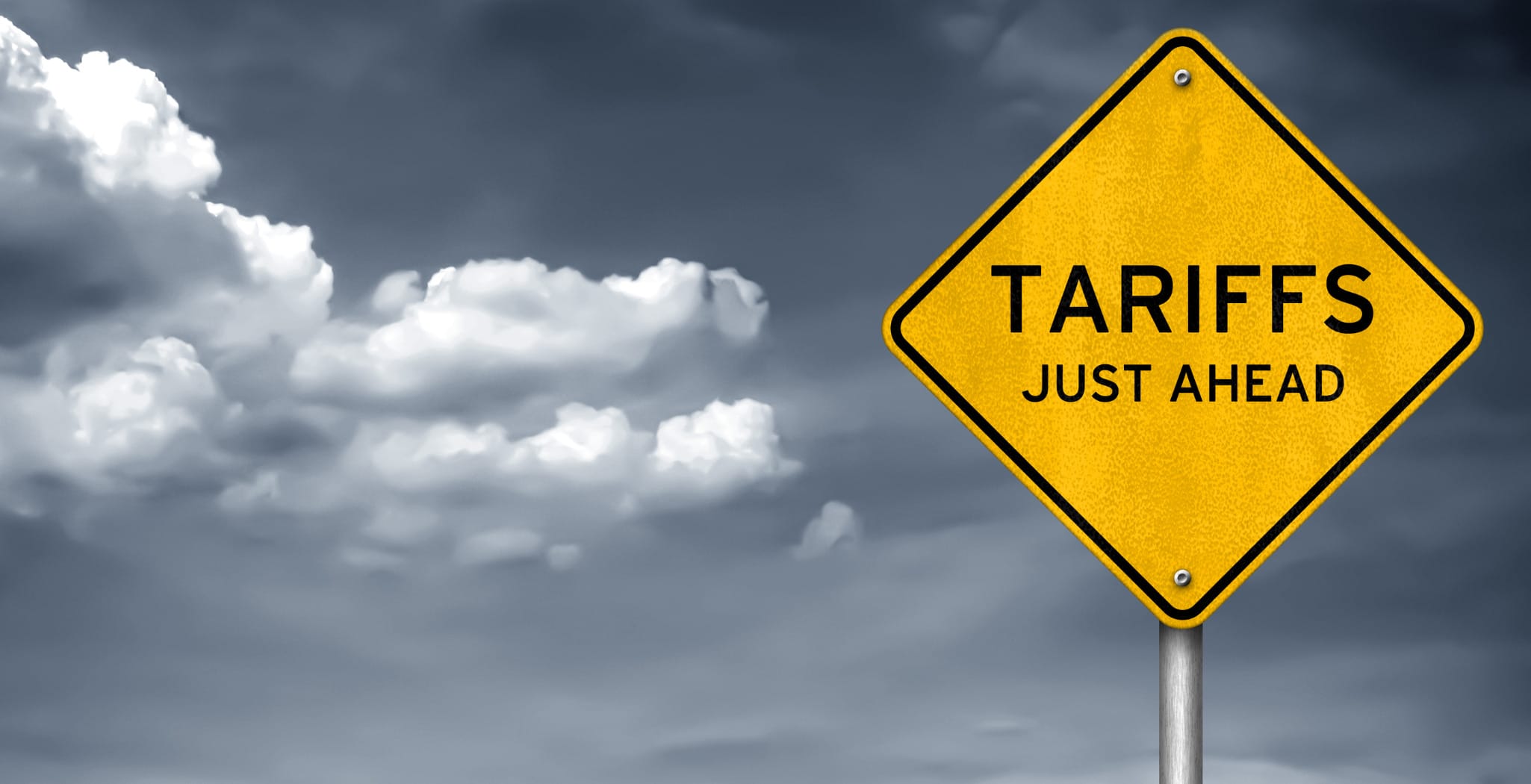
Thailand
Thailand is positioned for growth as the need for resilient, alternate supply chains increases. The implementation of government initiatives and the establishment of special economic zones along with a skilled workforce make Thailand quite interesting and attractive.
Core Industries: Electronics, automotive, rubber, textiles & garments
Three Benefits of Manufacturing in Thailand
1. Government Initiatives
The Thai government launched an initiative in 2018 called ‘Thailand 4.0’. The purpose of this initiative is to move away from prior missteps and move toward modernizing the economy and manufacturing industry. This bodes well for foreign business as production capabilities are bound to rise and costs reduced.
2. Logistics
Thailand has substantial experience in manufacturing as one of the world’s leaders in manufacturing machinery and electronics. This experience along with government plans to improve infrastructure creates a logistical dream for supply chain managers, allowing them to easily map out on-the-ground logistics and avoid costly miscues.
3. Special Economic Zones
A special economic zoning policy was enacted by the Thai government in 2015. These zones, located in 10 different provinces throughout Thailand, act as a strong draw for businesses to bring their manufacturing to the country. These zones allow companies to work around various typical trade regulations and offer powerful tax incentives
Learn more about the economic incentives and initiatives that Thailand is implementing in our South East Asia Manufacturing Handbook – download it today!







Follow Us